Planning a ski trip to Japan next winter? You’re not alone. More and more North American skiers and snowboarders are discovering Japan for its powder-filled trees, friendly hospitality and steaming bowls of ramen noodles.
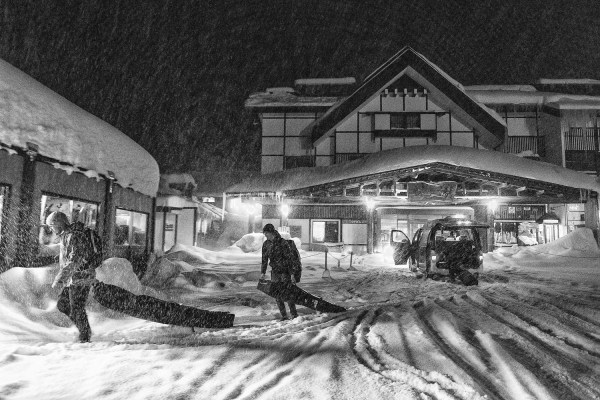
KC Deane and Carston Oliver at Sukayu Onsen Ryokan.
But before you hop a flight to Tokyo with 100 pounds of ski gear, you’ll want to read up on how best to plan and prepare ahead of time. We asked Ross Matlock, who’s been guiding trips to Japan for the last seven years as the owner and lead guide of Colorado-based International Mountain Adventures, Inc., for his advice on making the most of a winter trip to Northeast Asia. Here’s his take:
There are a couple of things that separate Japan from other snow-covered places. Of course, it’s a completely different culture: the food is outstanding, the hot springs are amazing. And then there’s the skiing. There’s just something about the snow in Japan—it’s lighter and drier, and it snows on a regular basis. If you spend any length of time in Japan, you’re almost guaranteed to get fresh snow.

Johnny Collinson & Carston Oliver heading out skiing in Myoko, Niigata, Japan.
Japan’s South Island gets good snow, but Hokkaido, the North Island, gets better snow on a more regular basis. So I recommend Hokkaido. It can be cold at times, but if you’re a skier and you’re looking for soft snow, that’s the place to be.
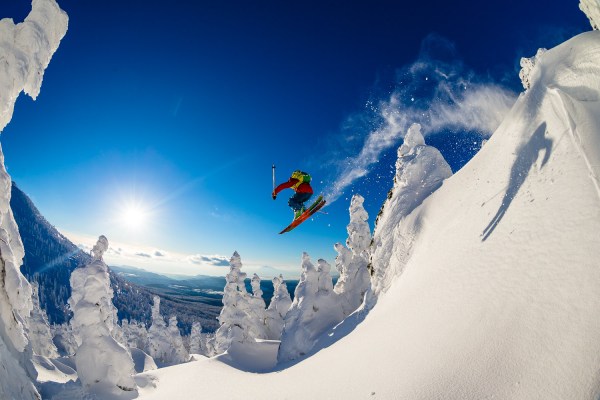
KC Deane at the Hakkoida tramway.
What resorts should you go to? If you go to Hokkaido, I recommend Niseko, which encompasses four different ski areas and offers something for everyone. Furano, on the interior of the country, is another great place that gets really deep, dry snow and seems to under-record the amount of snow they actually get. Lastly, Rusutsu is a lot less crowded but has the same snowfall as Niseko and great backcountry access, and is close to the city of Sapporo.
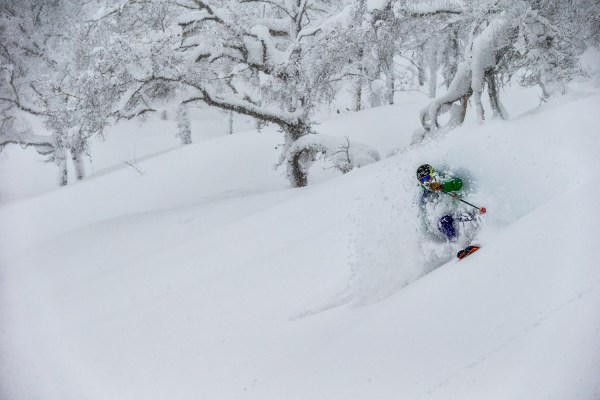
Stan Rey skiing at Rusutsu.
If you hire a guide, you’ll get someone who’s savvier about the backcountry and knows where to find the best snow. You can definitely figure it out on your own, but if you’re only there for a week, you don’t want to waste two days trying to figure out where to go. If you’ve got a guide, you can go straight to the goods. It maximizes your vacation time.
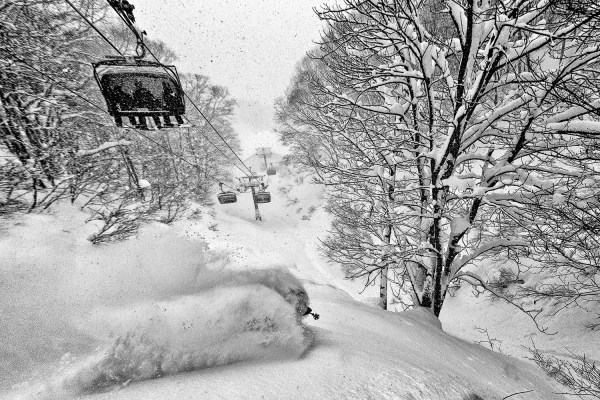
Adam Ü in Myoko
January and February are the best months to ski or snowboard in Japan. In December, the resorts are still establishing a base, but in January and February they get great snow conditions.
You can definitely get around by public transportation in Japan, but if you’ve only got a five-day vacation, you might burn two days trying to figure out the bus system. You can rent a vehicle but remember that you’ll need an international driver’s license and you’ll be driving on the other side of the road.
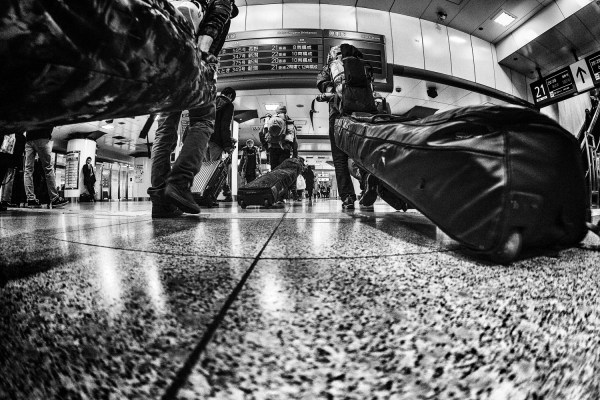
It takes at least a day each way to travel between Japan and the U.S., so plan on a five-day trip at a minimum. If you can, bring your own ski or snowboard gear—there aren’t a lot of places that rent good gear. And if you’re planning on heading into the backcountry, you’ll want to bring your own beacon, shovel, probe, skins and touring setup. You’ll need to be prepared and check the local avalanche forecast and again, consider hiring a guide.
Photo credit: ©Grant Gunderson.
